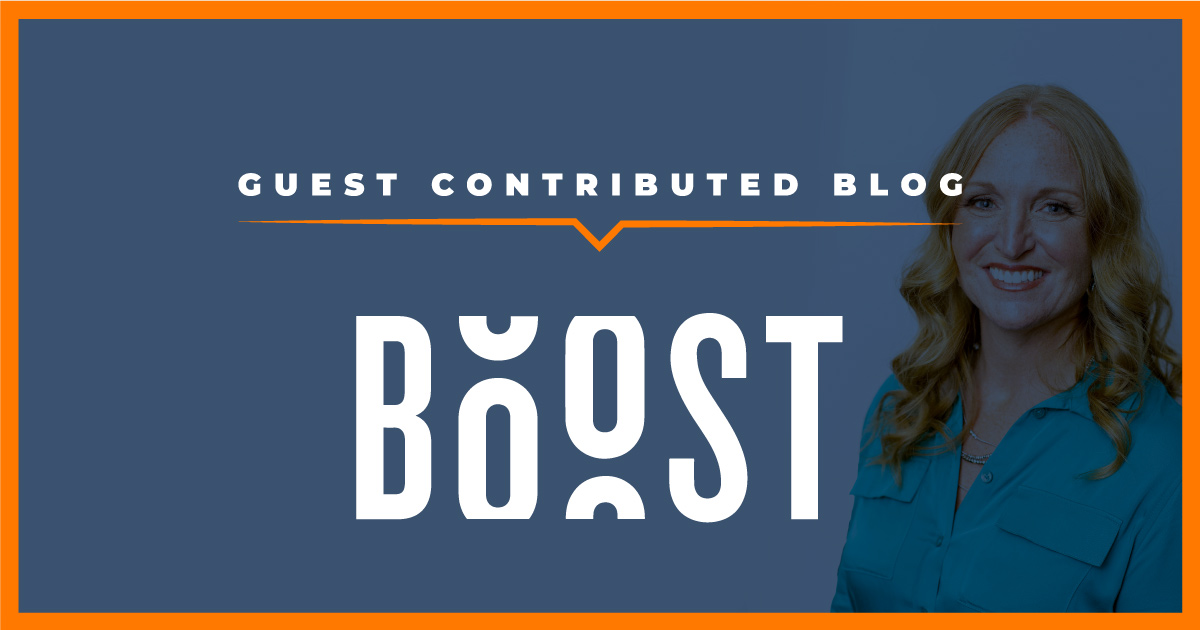
In the world of business, what gets measured gets managed.
The problem is that with so many data points and metrics available, it can be challenging for businesses to choose what to track and how.
At FocusCFO, we see this every day in our work with clients and their businesses. We provide fractional CFO services to small and mid-sized businesses and specialize in helping clients cut through the sea of available data to identify the metrics that matter for their future growth and success. These metrics act as guiding lights for your business, alerting you to potential problems and opportunities. When you stay focused on them, you can make informed decisions and allocate resources effectively.
“We want to help business owners understand the handful of key behaviors they can control and measure that will lead to results,” Upstate South Carolina Area President David Benner said. “By focusing on leading KPIs, we can better predict future performance outcomes and guide any needed adjustments in daily and weekly actions.”
Trailing KPIs vs. Leading KPIs
Key performance indicators (KPIs) generally fall into two distinct categories: trailing KPIs and leading KPIs.
All businesses are familiar with trailing, also known as lagging, KPIs. These metrics measure how the business performed over time. Trailing KPIs often include sales and revenue numbers, profit margins, and balance sheet items, and their value lies in their ability to reveal underlying, longer-term trends.
“Unfortunately, these trailing KPIs are often the only metrics business owners receive on a regular basis in the form of monthly P&L statements,” Charlotte Area President Michael Stier said. “And this is where businesses fall short in setting themselves up for long-term success.”
“These statements account for what happened in the past, often with so much detail that the noise overwhelms the signal,” Stier says. “As a result, owners and their leadership teams are often left frustrated by the lack of concise and insightful information upon which they can make important business decisions.”
Leading KPIs, on the other hand, are future-focused metrics. Examples of leading KPIs include tracking the number of sales leads in your pipeline, customer conversion rate, number of widgets produced per period of time, work in process, and average age of accounts receivable. These data points help you understand how your business is performing right now and how you are progressing toward your goals.
It is beneficial to use a combination of both leading and lagging metrics in business decision-making. Leading metrics guide proactive monitoring and real-time improvements while lagging metrics validate results and ensure accountability. Together, they provide a comprehensive view of business performance, enabling more effective and informed decision-making.
“Leading KPIs set the goals for the team while trailing KPIs measure their actual performance,” Detroit Metro Area President Lesli Matukaitis said. “This helps a management team know where they are in their business cycles, planning periods, and overall success for that year. If you’re meeting your KPIs, it might be time to reassess and make them a bit more of a stretch. If you are not, you need to dig in and figure out how you can achieve them.”
The Benefits of Leading Indicators
While both sets of KPIs are important, leading KPIs drive businesses forward, offering a variety of benefits:
- Predictive power: Leading KPIs give you insight into expected future performance.
- Early warning system: Leading KPIs allow you to identify potential issues before they become entrenched problems for your business. They also facilitate quick corrective action to reduce the risk of long-term negative impacts.
- Forecasting and strategic planning: The right leading KPIs for your business become the drivers of accurate forecasting, which forms the basis for strategic planning.
- Continuous improvement: Leading KPIs foster a culture of continuous monitoring and process improvement — a key factor in future success.
While the benefits are clear, the path to identifying leading KPIs is often less so, as business owners struggle under the sheer quantity of available data. This is where CFOs can play an important role.
“CFOs, by nature, are forward-looking and strategic,” Stier said. “They seek out the key metrics — specific to the business — that provide leading indicators to how the business will perform in the future. They educate the leadership and managers on such key leading indicators and how they can be used to proactively identify areas in need of attention so that adjustments can be made before goals are missed and lagging performance is baked into the financial statements.”
“CFOs also determine how these key leading indicators ultimately manifest into financial performance,” Stier added. “Thus they enable more accurate forecasting tools that are actually usable by managers and ownership.”
The EOS® Scorecard
EOS advocates the use of a weekly Scorecard to track leading Measurables, providing businesses with a regular opportunity to evaluate progress toward goals. The Scorecard is unique to each business and made up of the metrics that matter most to it.
As leaders, you have the opportunity to evaluate your progress toward established goals every week. If you are off track, you can discuss the issue with your colleagues and institute changes to get you back on track. We know this not only from our work with clients but also from our experience Running on EOS™ and how it transformed the way our business operates.
“Our EOS Scorecard is a quick way to help our leadership team monitor if we are on track to hit our financial goals,” said David Tramontana, Cincinnati Area President and FocusCFO Integrator. “In our line of work, recruiting and meeting new business owners are key leading indicators for success. If our recruiting team is doing the right amount of interviews each week, we know we will ultimately get the number of CFOs we need. When our area presidents are having meetings with business owners, we know that a percentage will ultimately become clients. There are things that happen that we can’t control, but monitoring the key activity or KPIs that lead to results helps us know we are doing the right things.”
Want to learn more about how FocusCFO can help you identify the leading KPIs to drive your business forward? Schedule a free consultation today! https://www.focuscfo.com/schedule-a-consult




